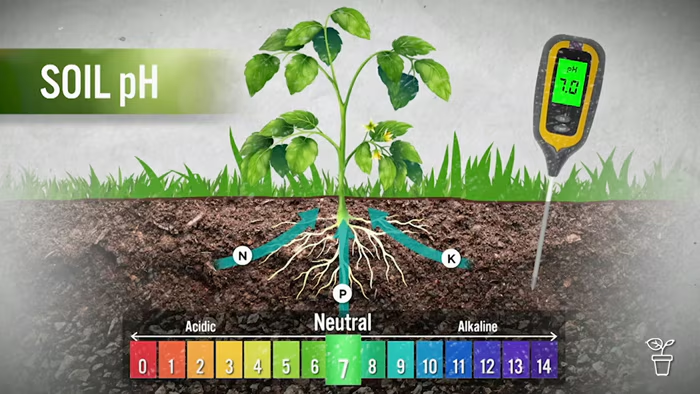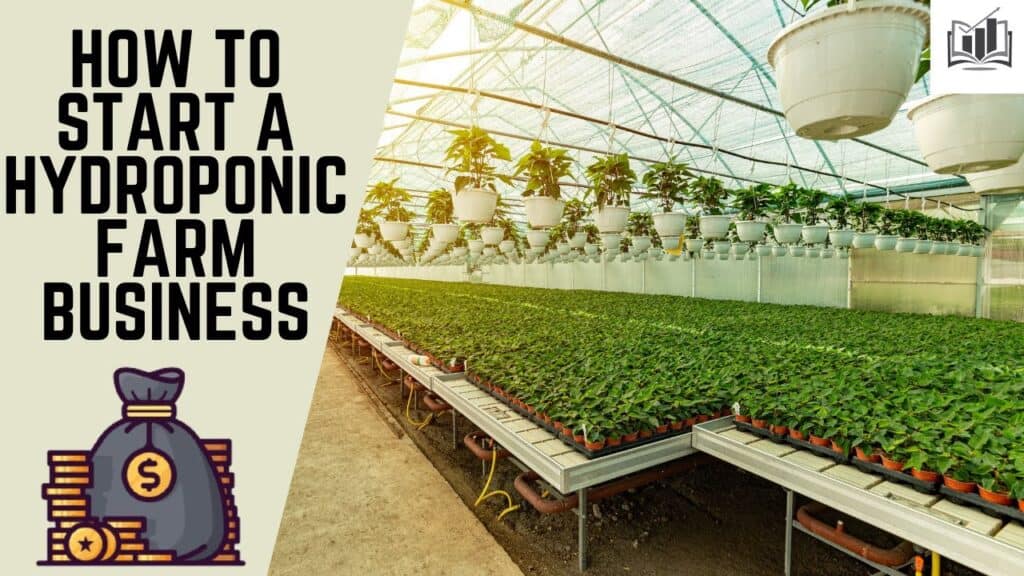pH balance for garden soil is a crucial factor in determining the health and vitality of your garden. The pH level of soil refers to its acidity or alkalinity, and it is measured on a scale from 0 to 14, with 7 being neutral.
A pH level below 7 indicates acidic soil, while a pH level above 7 indicates alkaline soil. Most plants thrive in soil with a pH level between 6 and 7, which is slightly acidic to neutral. Understanding the pH balance of your soil is essential for successful gardening, as it directly impacts the availability of nutrients to your plants.
Soil pH can be influenced by a variety of factors, including the type of parent material, climate, and human activities such as fertilization and irrigation. It is important to regularly test the pH level of your soil to ensure that it is within the optimal range for your plants.
Key Takeaways
- Understanding pH balance in soil is crucial for creating a thriving garden
- pH balance has a significant impact on plant health and nutrient availability
- Testing and adjusting soil pH is important for ensuring optimal growing conditions
- Choosing the right plants for your soil pH can make a big difference in their success
- Organic methods can be used to balance soil pH and maintain a healthy garden
The Impact of pH on Plant Health
The pH level of soil has a significant impact on the health and growth of plants. When the soil is too acidic or too alkaline, it can affect the availability of essential nutrients such as nitrogen, phosphorus, and potassium.
In acidic soil, for example, aluminum and manganese can become more soluble and toxic to plants, while in alkaline soil, iron and zinc may become less available. This can lead to nutrient deficiencies and stunted growth in plants.
In addition to nutrient availability, soil pH also affects the activity of microorganisms in the soil. Many beneficial microorganisms that help plants absorb nutrients and fight off diseases thrive in slightly acidic soil.
When the pH level is too high or too low, these microorganisms may become less active, further impacting the health of your plants.
It is important to monitor and maintain the pH balance of your soil to ensure that your plants have access to the nutrients and support they need to thrive.
Testing and Adjusting Soil pH
Testing the pH level of your soil is a simple process that can be done using a soil testing kit or by sending a sample to a professional laboratory.
Once you have determined the pH level of your soil, you can take steps to adjust it if necessary. If your soil is too acidic, you can add lime to raise the pH level.
If your soil is too alkaline, you can add sulfur or other acidifying agents to lower the pH level.
It is important to follow the recommendations of a professional when adjusting soil pH, as adding too much of any amendment can have negative effects on your plants.
Choosing the Right Plants for Your Soil pH
| Soil pH | Classification | Suitable Plants | Tips |
|---|---|---|---|
| 4.0 – 5.5 | Strongly Acidic | – Azaleas, Rhododendrons – Blueberries, Cranberries – Fothergilla, Holly – Potatoes, Radishes | – Amend soil with compost or sulfur to increase acidity. – Avoid adding lime. |
| 5.5 – 6.5 | Moderately Acidic | – Hydrangeas, Camellias – Dogwoods, Magnolias – Strawberries, Peppers – Irises, Ferns | – Use acid-loving fertilizers. – Monitor pH levels regularly. |
| 6.5 – 7.5 | Neutral | – Most vegetables and herbs – Roses, Daylilies – Hostas, Lilacs | – Well-suited for a wide variety of plants. – Maintain soil fertility with compost. |
| 7.5 – 8.5 | Moderately Alkaline | – Asparagus, Beets – Lavender, Clematis – Yarrow, Sedum | – Avoid adding acidic amendments. – Use alkaline-loving fertilizers. |
| 8.5+ | Strongly Alkaline | – Lilacs, Mock Orange – Juniper, Cypress – Butterfly Bush, Barberry | – Amend soil with organic matter or gypsum. – Consider raised beds for more acidic plants. |
When planning your garden, it is important to consider the pH level of your soil and choose plants that are well-suited to its specific conditions. Some plants are more adaptable to a wide range of pH levels, while others are more particular about their soil requirements.
For example, blueberries and azaleas thrive in acidic soil, while lilacs and clematis prefer alkaline soil.
By selecting plants that are well-suited to your soil’s pH level, you can ensure that they will have the best chance of thriving in your garden.
Organic Methods for Balancing Soil pH
There are several organic methods for balancing the pH level of your soil without resorting to chemical amendments. Adding organic matter such as compost, manure, or mulch can help buffer the pH level of your soil and improve its overall health.
These materials contain natural acids and bases that can help to balance out the pH level and create a more hospitable environment for your plants. Additionally, using cover crops and crop rotation can help to naturally adjust the pH level of your soil over time.
The Role of pH in Nutrient Availability
The pH level of soil plays a critical role in determining the availability of essential nutrients to plants. When the pH level is too high or too low, certain nutrients may become less available or even toxic to plants.
For example, in acidic soil, aluminum and manganese can become more soluble and harmful to plants, while in alkaline soil, iron and zinc may become less available.
By maintaining the optimal pH level for your plants, you can ensure that they have access to the nutrients they need to grow and thrive.
Tips for Maintaining Optimal Soil pH
Maintaining the optimal pH level for your soil requires regular monitoring and care. It is important to test the pH level of your soil at least once a year and make adjustments as needed.
Additionally, it is important to avoid over-fertilizing or over-irrigating your plants, as this can impact the pH balance of your soil. Using organic amendments such as compost and mulch can help to buffer the pH level of your soil and improve its overall health.
Conclusion
In conclusion, understanding and maintaining the pH balance of your soil is essential for creating a thriving garden. The pH level of soil directly impacts the health and vitality of your plants by influencing nutrient availability and the activity of beneficial microorganisms.
By following these tips for maintaining optimal soil pH, you can ensure that your garden will flourish for years to come.
FAQs
What is pH balance in soil?
pH balance in soil refers to the measurement of the acidity or alkalinity of the soil. It is measured on a scale of 0 to 14, with 7 being neutral. A pH below 7 indicates acidic soil, while a pH above 7 indicates alkaline soil.
Why is pH balance important in gardening?
pH balance is important in gardening because it affects the availability of nutrients to plants. Different plants have different pH preferences, so maintaining the right pH balance in the soil is crucial for healthy plant growth.
How can I test the pH balance of my soil?
You can test the pH balance of your soil using a pH testing kit, which is available at most garden centers. You can also send a soil sample to a professional lab for testing.
How can I adjust the pH balance of my soil?
You can adjust the pH balance of your soil by adding amendments such as lime to raise the pH of acidic soil, or sulfur to lower the pH of alkaline soil. It’s important to follow the recommended application rates for these amendments.
What are the common problems associated with imbalanced pH in soil?
Common problems associated with imbalanced pH in soil include nutrient deficiencies, poor plant growth, and increased susceptibility to pests and diseases. It can also affect the effectiveness of fertilizers and other soil amendments.
Originally posted 2024-06-04 12:20:49.






